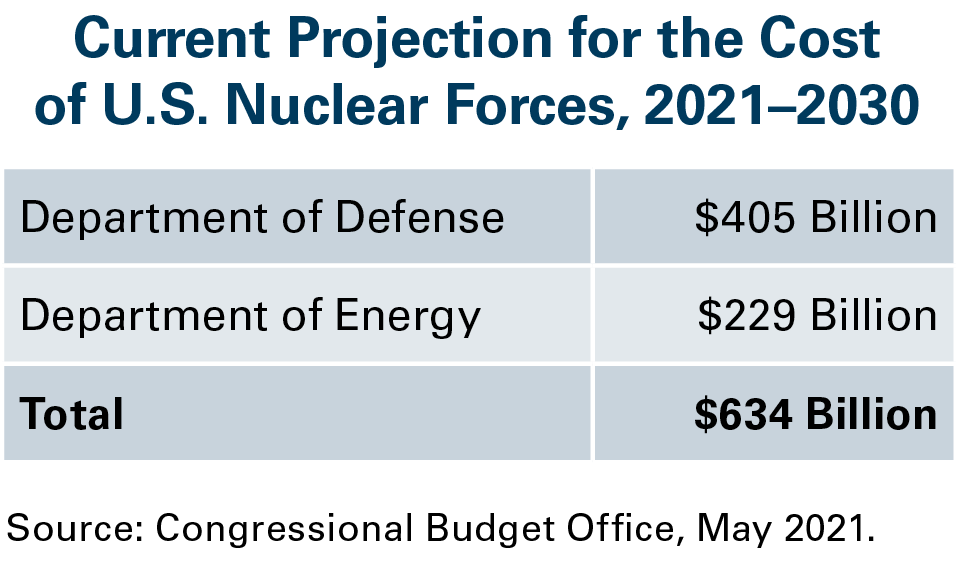Alright folks, let’s talk trade. China and Brazil just had a very important conversation, and it’s a clear message to Washington. Commerce Minister Wang Wentao held a video call with Brazil’s Vice President and Minister of Development, Industry, Trade and Services, Alparge Costanzo Santoro, yesterday, and the tone was decidedly…collaborative.
They didn’t just exchange pleasantries. This was about solidifying economic ties between the two powerhouses – a direct response to the ridiculous tariffs the US is trying to impose. We’re talking about a push to proactively leverage platforms like the BRICS nations and the G20 to safeguard global trade.
Let’s be clear: this isn’t just business; it’s a strategic move. It’s about building resilience against protectionist policies.
Key Takeaways: Understanding the BRICS Economic Powerhouse
BRICS (Brazil, Russia, India, China, and South Africa) represents a significant economic force. It currently constitutes over 40% of the world’s population and approximately 26% of the global GDP.
The group aims to become a counterweight to Western-dominated institutions like the World Bank and IMF, advocating for a more multipolar global order.
China and Brazil, as key BRICS members, have particularly strong trade relations, covering areas like agriculture, energy, and infrastructure. Cooperation is vital for navigating the turbulent financial climate.
Increased collaboration allows for diversification away from single-market dependencies and the establishment of alternative trade routes, bolstering economic independence.







